# Essential Camping Gear for Beginners
Embarking on your first camping trip is an exciting adventure. However, it can be daunting to figure out what gear you need to make the experience enjoyable and comfortable. Whether you're camping in the mountains, a forest, or near a serene lake, having the right equipment is crucial. In this guide, we'll delve into the essential camping gear every beginner should consider bringing along.
Shelter: Your Home Away from Home
The first item on your camping checklist should be a reliable shelter. A good tent protects you from the elements and offers a cozy space to rest after a day of exploration.
Choosing the Right Tent
When selecting a tent, consider the number of people it needs to accommodate and the typical weather conditions of your camping destination. Here are a few key points to keep in mind:
-
Capacity: Choose a tent that offers a bit more space than the number of campers. For example, a 4-person tent is ideal for three people plus gear.
-
Seasonality: Three-season tents are suitable for spring, summer, and fall. They provide ample ventilation and can withstand light rain and wind. If you're planning to camp in snowy or extremely windy conditions, a four-season tent might be necessary.
-
Setup: Look for a tent that's easy to pitch, especially if you're new to camping.
Sleeping Comfortably: Sleeping Bags and Pads
A restful night’s sleep in the great outdoors can set the tone for your camping experience. Investing in a quality sleeping bag and sleeping pad is essential.
Sleeping Bags
When choosing a sleeping bag, consider the temperature rating, insulation type, and shape:
-
Temperature Rating: Select a bag with a temperature rating that matches or exceeds the expected nighttime temperatures. It's better to be prepared for cooler weather.
-
Insulation Type: Down insulation is lightweight and compressible, making it great for backpacking. Synthetic insulation dries faster and retains warmth when wet, which is ideal for damp conditions.
-
Shape: Mummy bags are snug and efficient at retaining heat, while rectangular bags offer more room to move.
Sleeping Pads
A sleeping pad provides cushioning and insulation from the cold ground. There are three main types:
-
Self-inflating Pads: Offer a good balance of comfort and insulation. They are easy to set up and pack down.
-
Air Pads: These are lightweight and compact, ideal for backpackers. Some models come with built-in pumps for easy inflation.
-
Foam Pads: Durable and inexpensive, foam pads provide basic insulation and can be used for additional warmth under an air pad.
Cooking and Eating: Essential Kitchen Gear
Preparing meals in the wild is part of the camping experience. Having the right cooking gear makes it enjoyable and efficient.
Camp Stove
A portable camp stove is a must-have for cooking in the outdoors. Consider these features when choosing one:
-
Fuel Type: Options include propane, butane, and liquid fuel. Propane is widely available and easy to use.
-
Burner Count: A single-burner stove is compact, while a dual-burner stove offers more cooking flexibility.
-
Portability: Look for a stove that's lightweight and easy to transport.
Cookware and Utensils
A basic camping cookware set should include a pot, pan, and kettle. Don't forget these essentials:
-
Utensils: Bring along a spatula, ladle, and serving spoon. A multi-tool with a can opener and knife is also handy.
-
Dining Gear: Plates, bowls, cups, and cutlery. Consider reusable and durable options to minimize waste.
Lighting: Illuminating the Night
Proper lighting ensures safety and convenience when the sun goes down. Here are some options:
Headlamps and Flashlights
-
Headlamps: Keep your hands free for tasks like setting up your tent or cooking. Choose one with adjustable brightness and a red-light mode to preserve night vision.
-
Flashlights: Handy for quick tasks and finding items in your backpack or tent. Opt for models with long battery life.
Lanterns
Lanterns provide ambient lighting for your campsite. Consider LED lanterns that are battery-operated or rechargeable for longer trips.
Safety and Navigation: Staying Prepared
Being prepared for emergencies and knowing your way around the campsite is crucial.
First Aid Kit
Pack a comprehensive first aid kit that includes bandages, antiseptic wipes, pain relievers, and any personal medications. Familiarize yourself with basic first aid procedures.
Navigation Tools
Even if you're using GPS, having a map and compass as a backup is a wise choice. Ensure you know how to use them before setting out.
Clothing: Dress for Success
Dressing appropriately for the weather and environment can make or break your camping trip.
Layering System
-
Base Layer: Wicks moisture away from your skin. Opt for synthetic or wool materials.
-
Insulating Layer: Keeps you warm. Fleece or down jackets work well.
-
Outer Layer: Protects against wind and rain. Look for waterproof and breathable materials.
Footwear
Invest in sturdy hiking boots or shoes with good traction. Bring along a pair of comfortable camp shoes for relaxing around the campsite.
Miscellaneous Essentials
Don't overlook these important items:
-
Backpack: Choose one that fits comfortably and has enough capacity to carry your gear.
-
Water Bottle or Hydration System: Staying hydrated is vital. Consider a water filtration system if you're camping in remote areas.
-
Multi-tool or Knife: Useful for a variety of tasks, from preparing food to fixing gear.
Conclusion
Embarking on a camping trip is a rewarding experience that brings you closer to nature. With this list of essential camping gear, you'll be well-prepared to enjoy the outdoors comfortably and safely. Remember, the key to a successful trip is planning ahead and investing in quality gear that suits your needs. Happy camping!
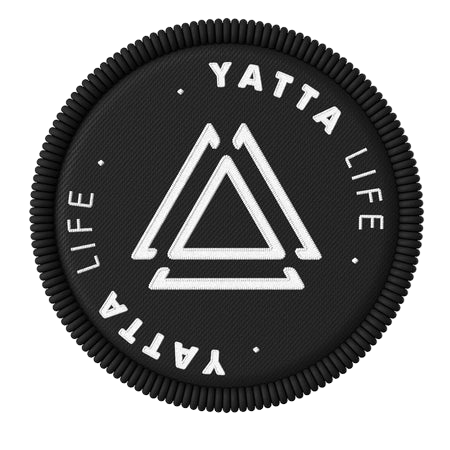
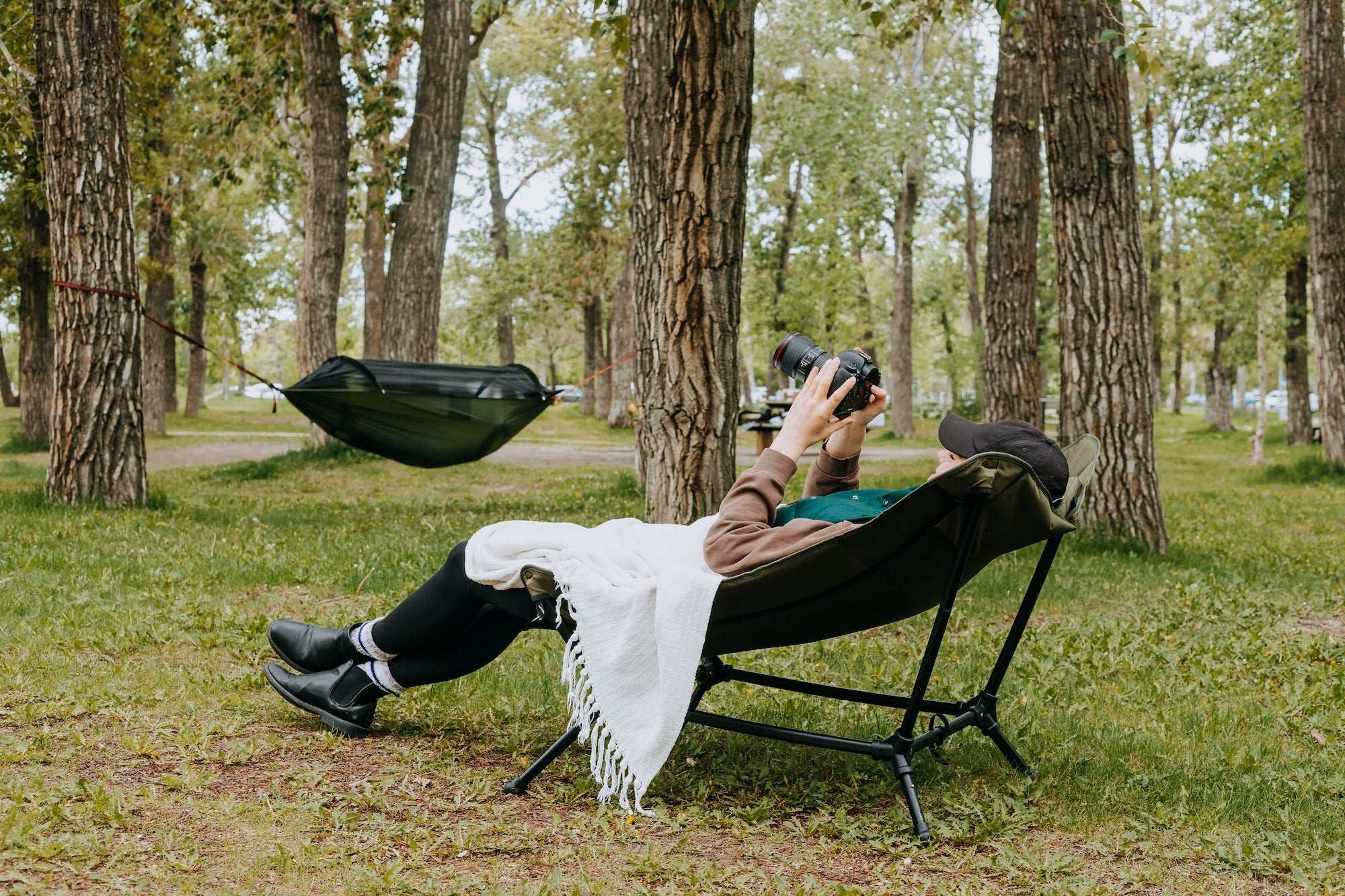
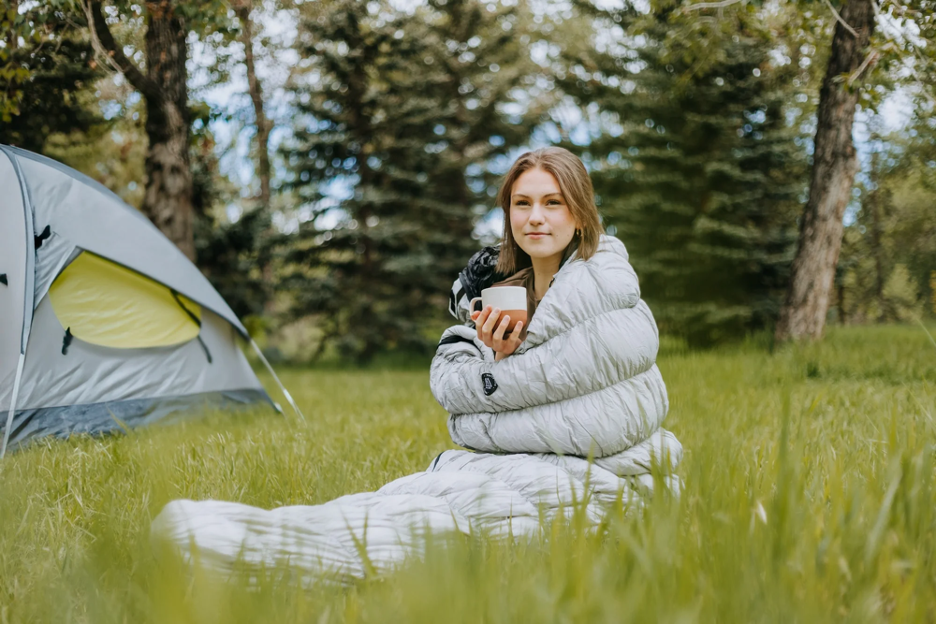
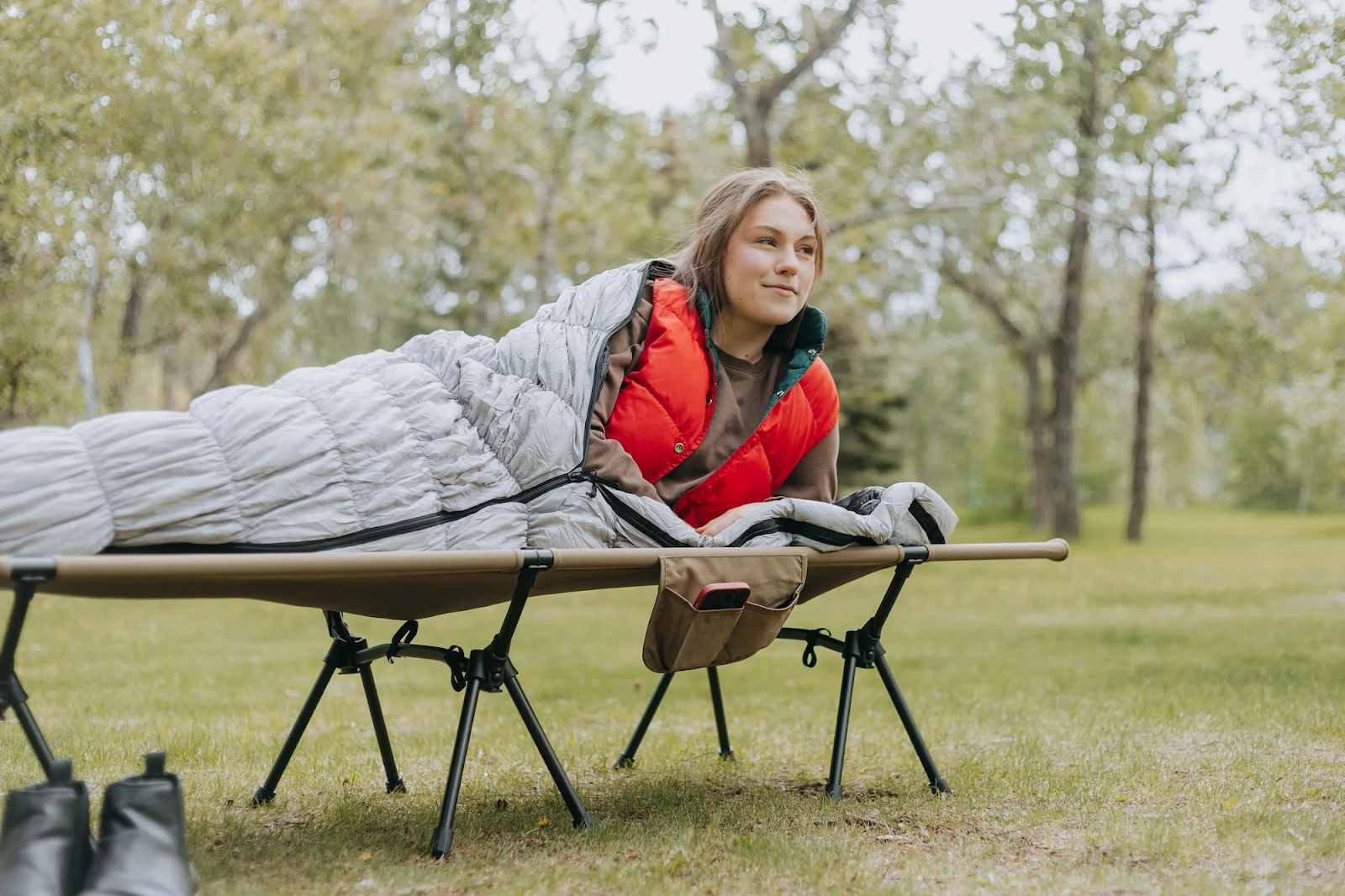
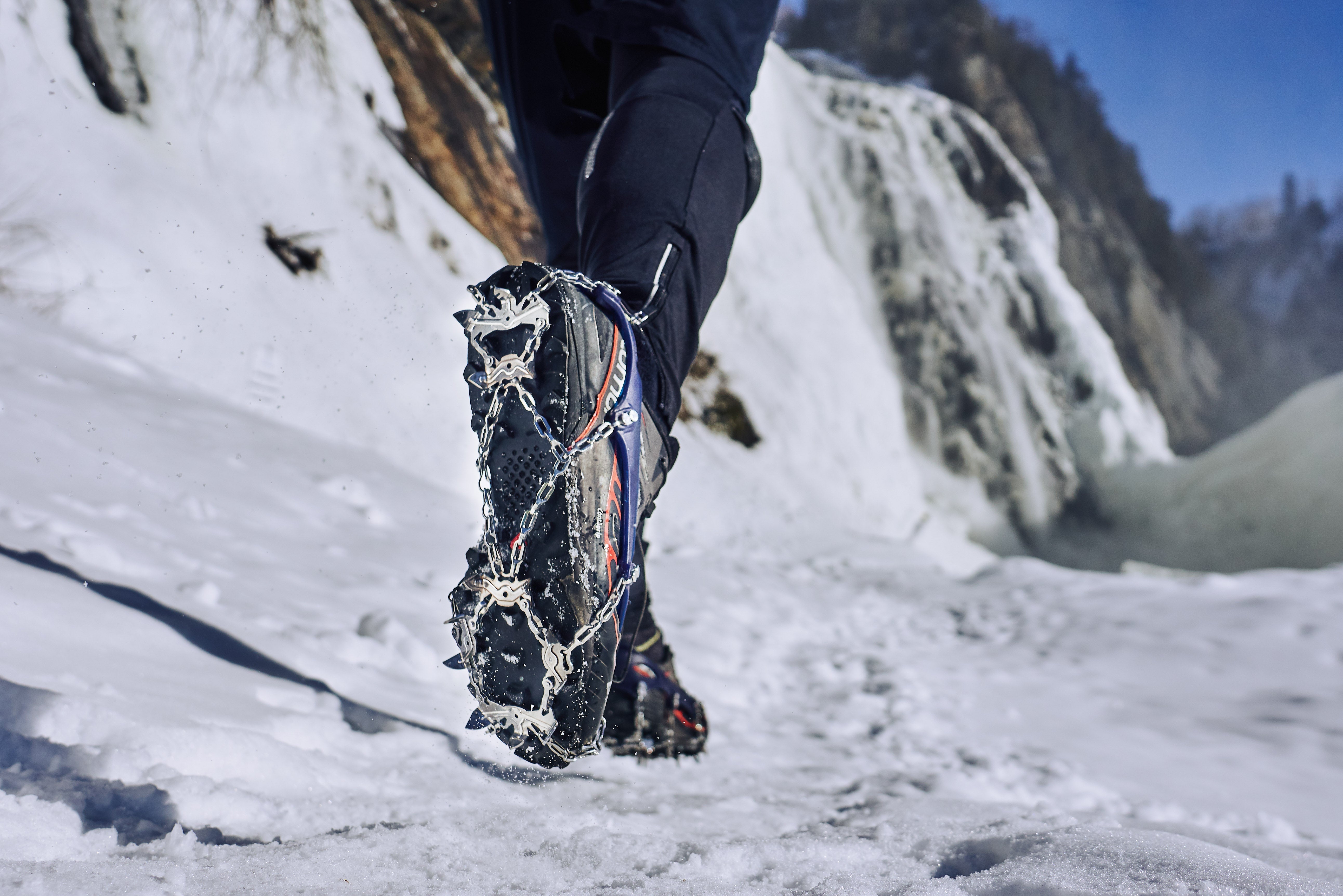
Leave a comment
All comments are moderated before being published.
This site is protected by hCaptcha and the hCaptcha Privacy Policy and Terms of Service apply.